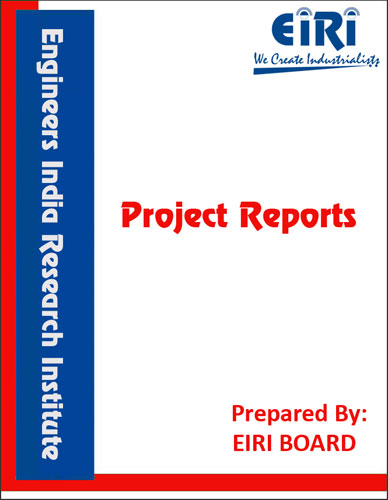KITCHEN SINKS (STAINLESS STEEL)
The project report includes Present Market Position and Expected Future Demand, Market Size, Statistics, Trends, SWOT Analysis and Forecasts. Report provides a comprehensive analysis from industry covering detailed reporting and evaluates the position of the industry by providing insights to the SWOT analysis of the industry.
We can prepare PROJECT REPORT as per your INVESTMENT PLAN for BANK LOAN REQUIREMENT and INDUSTRY ANALYSIS. All reports are prepared by highly qualified consultants and verified by a panel of experts.
Have Query? Click Here to Chat
Industry Expert is Online, Chat with him for more detail.

Stainless Steel Kitchen Sinks as the name suggests are made of stainless steel. Sinks are the vessels used in houses and hotels, restaurants for cleaning dirty utensils, used for cooking, serving tea and coffee etc. and eating meals, break fasts, refreshments need to be anti-rust and strong, and hence and made of stainless steel. The sinks are used where the utensils carry lot of fat and other stick substances on the surfaces and require full dealing with detergents. There are more than 70 standard types of stainless steel. Generally, all are iron based, with 12 to 30 % chromium and 0 to 22 % nickel. Austenite stainless steel are most corrosion resistant. They contain 16 to 26 % choromium and 6 to 22 % nickel. The more famous 18:8 stainless steel contained 18 % chromium and 8 % nickel. These steels are tough and ductile. They are to be fabricated by all standard methods.
Project Reports Cover:
- Introduction
- Uses and Applications
- Properties
- Market Survey with future aspects
- Present Manufacturers
- B.I.S. Specifications
- Manufacturing Process with Formulae
- Cost Economics with Profitability Analysis
- Capacity
- Land & Building Requirements with Rates
- List & Details of Plant and Machinery with their Costs
- Raw Materials
- Details/List and Costs
- Power & Water Requirements
- Labour/Staff Requirements
- Utilities and Overheads
- Total Capital Investment
- Turnover
- Cost of Production
- Break Even Point
- Profitability
- Land Man Ratio
- Suppliers of Plant & Machineries and Raw Materials.



